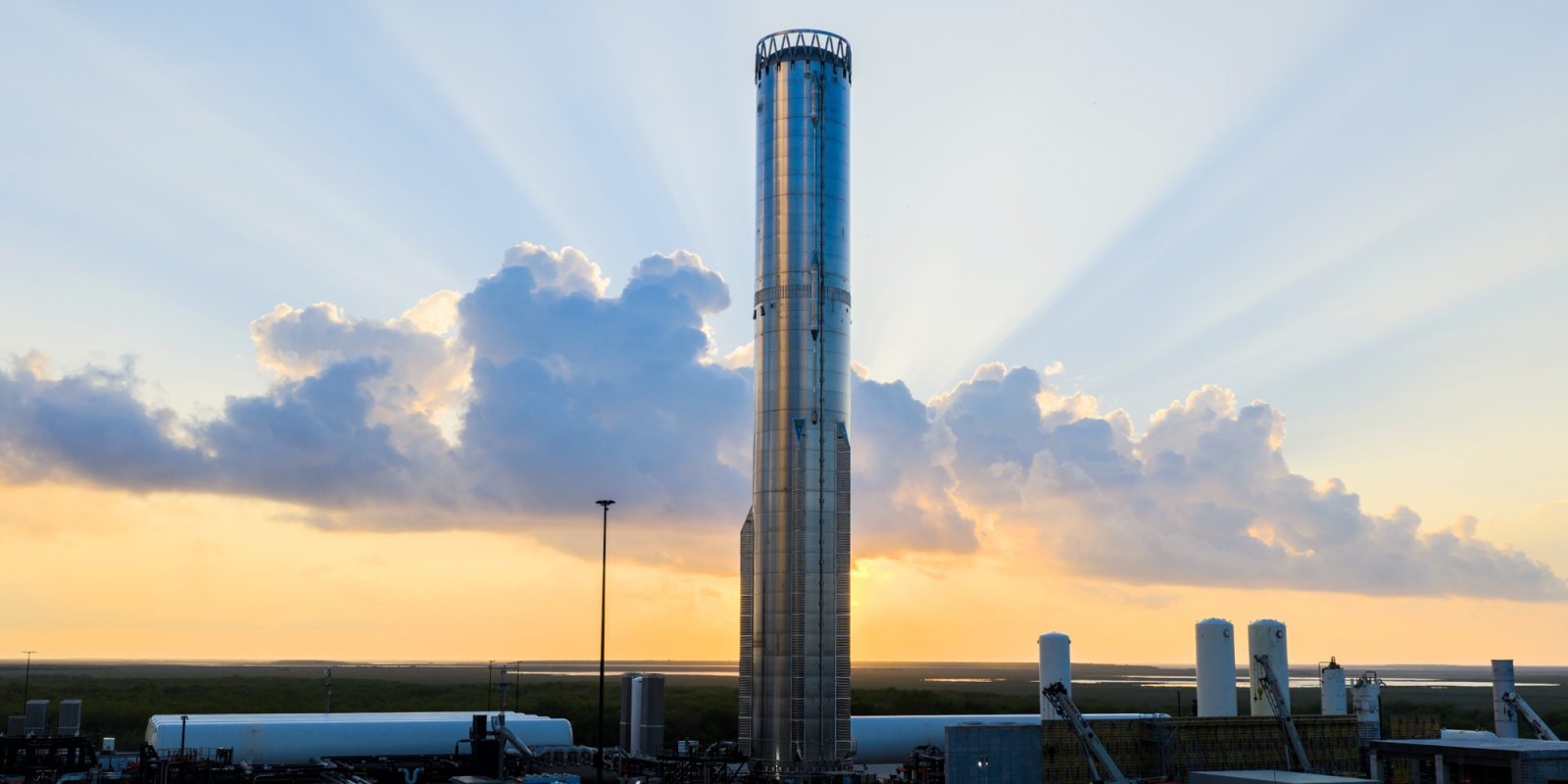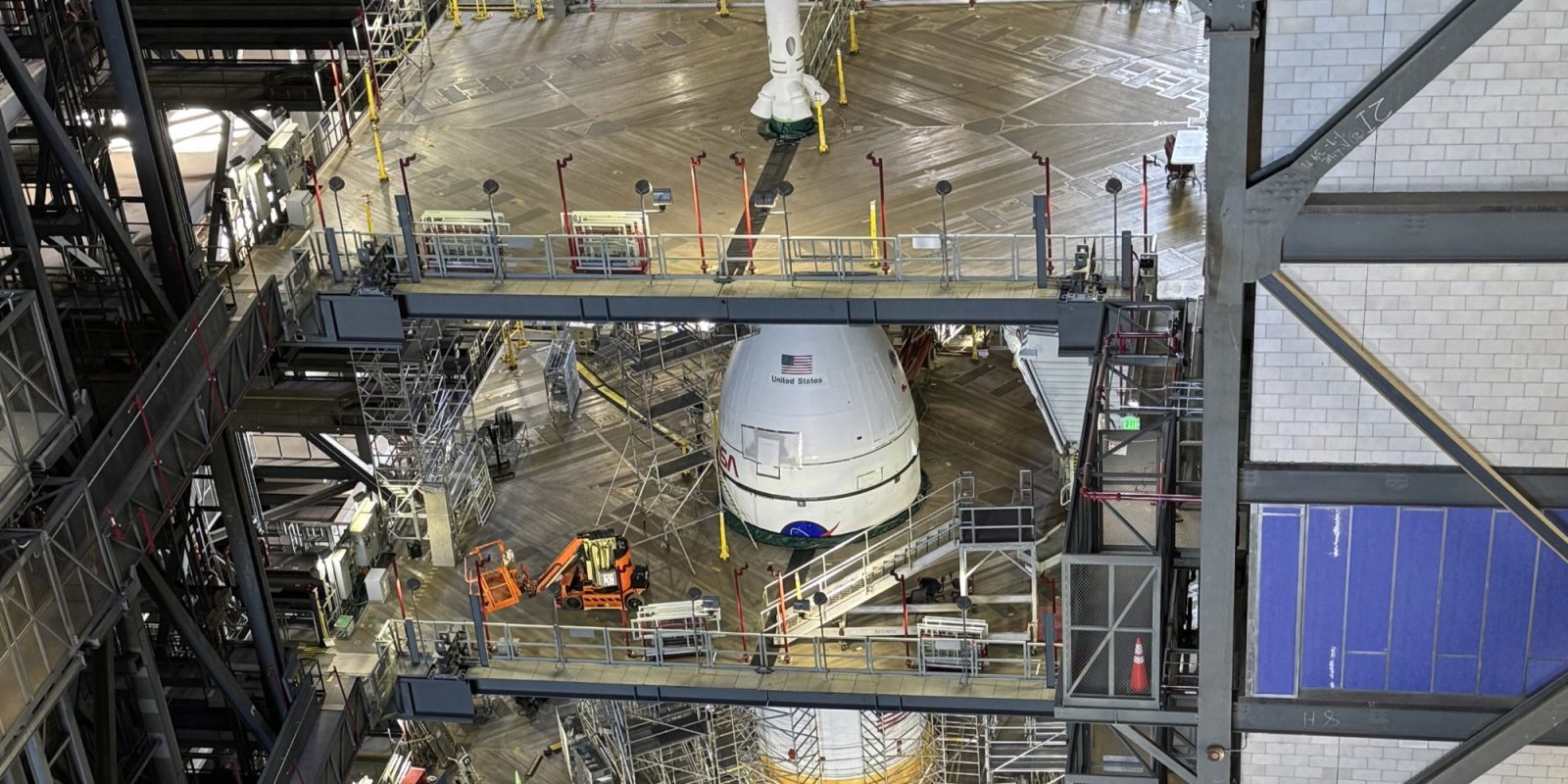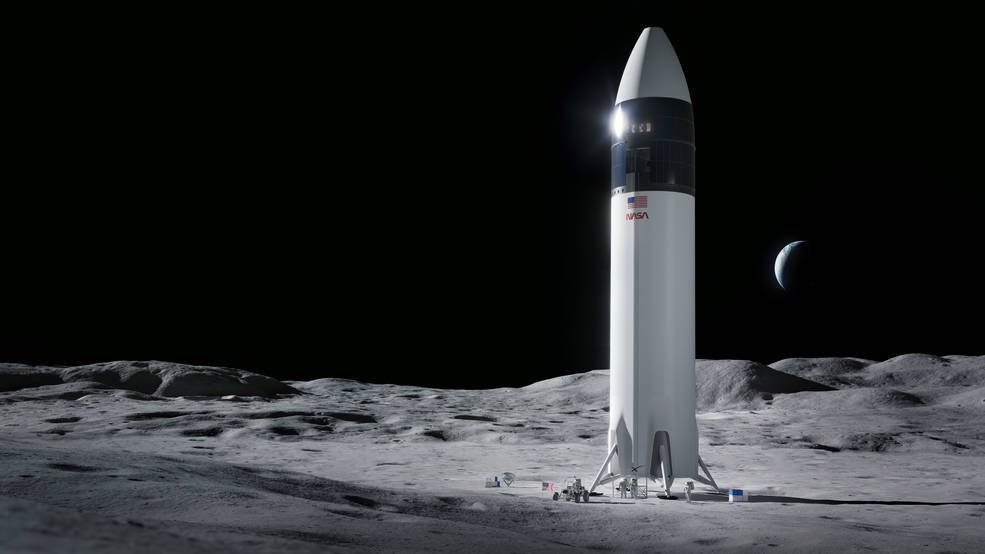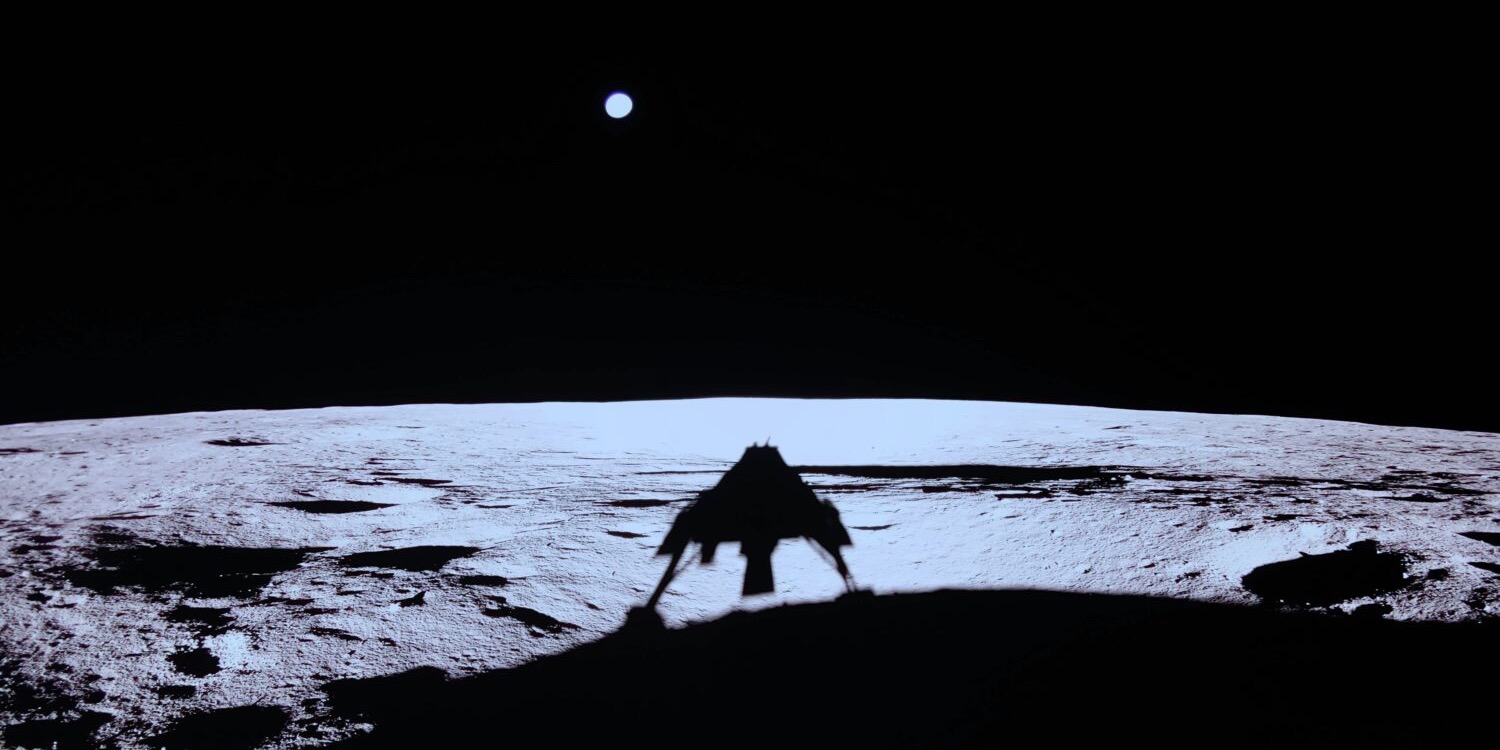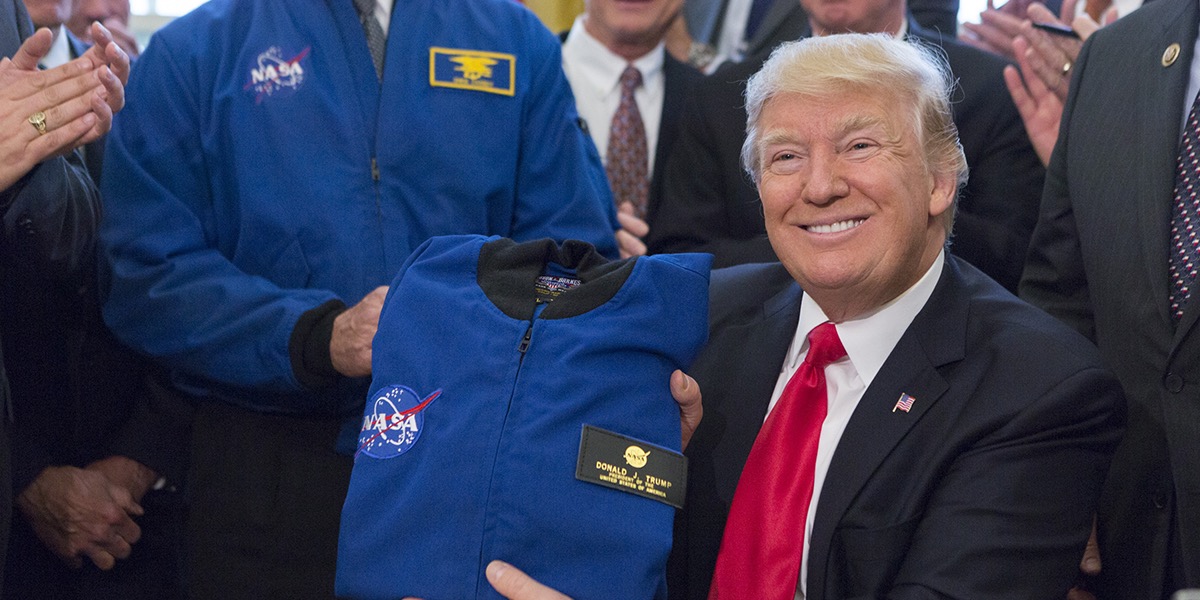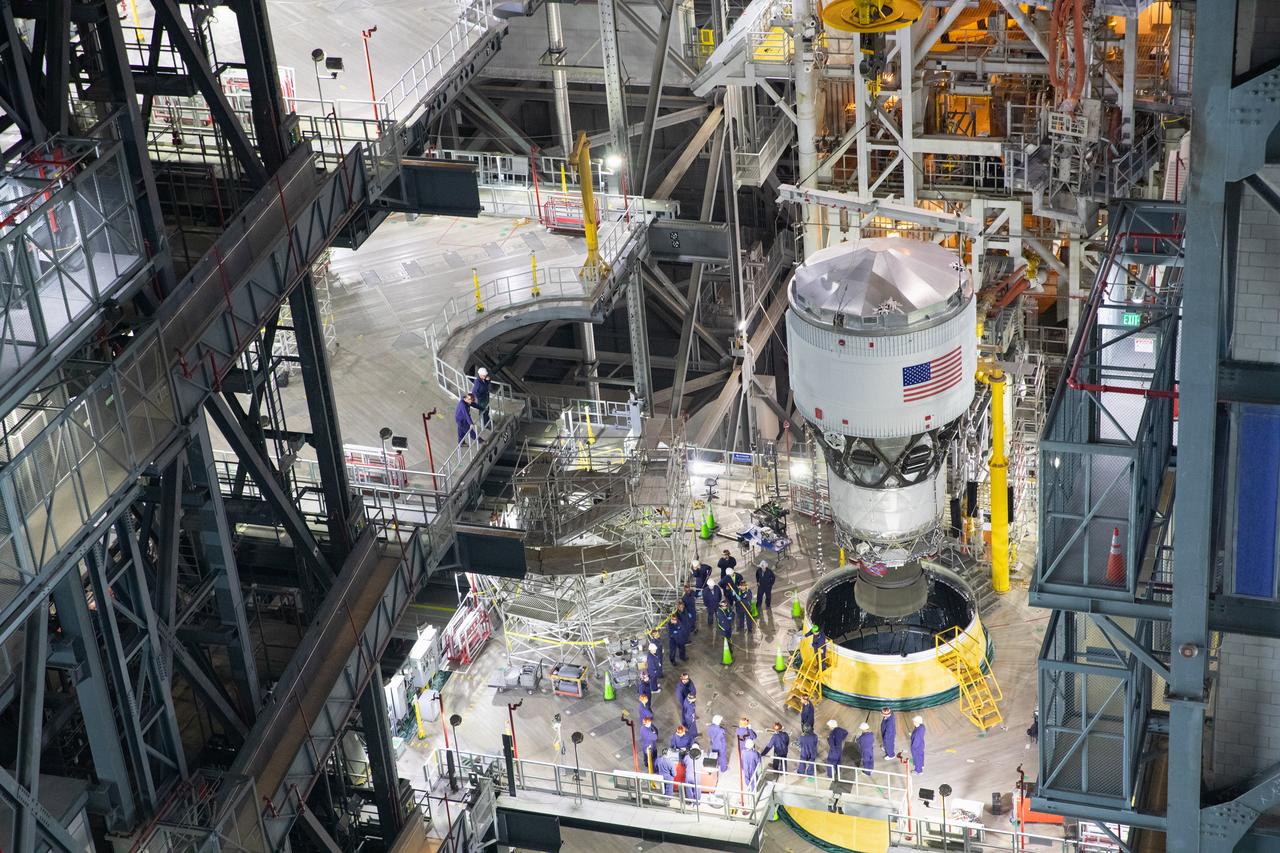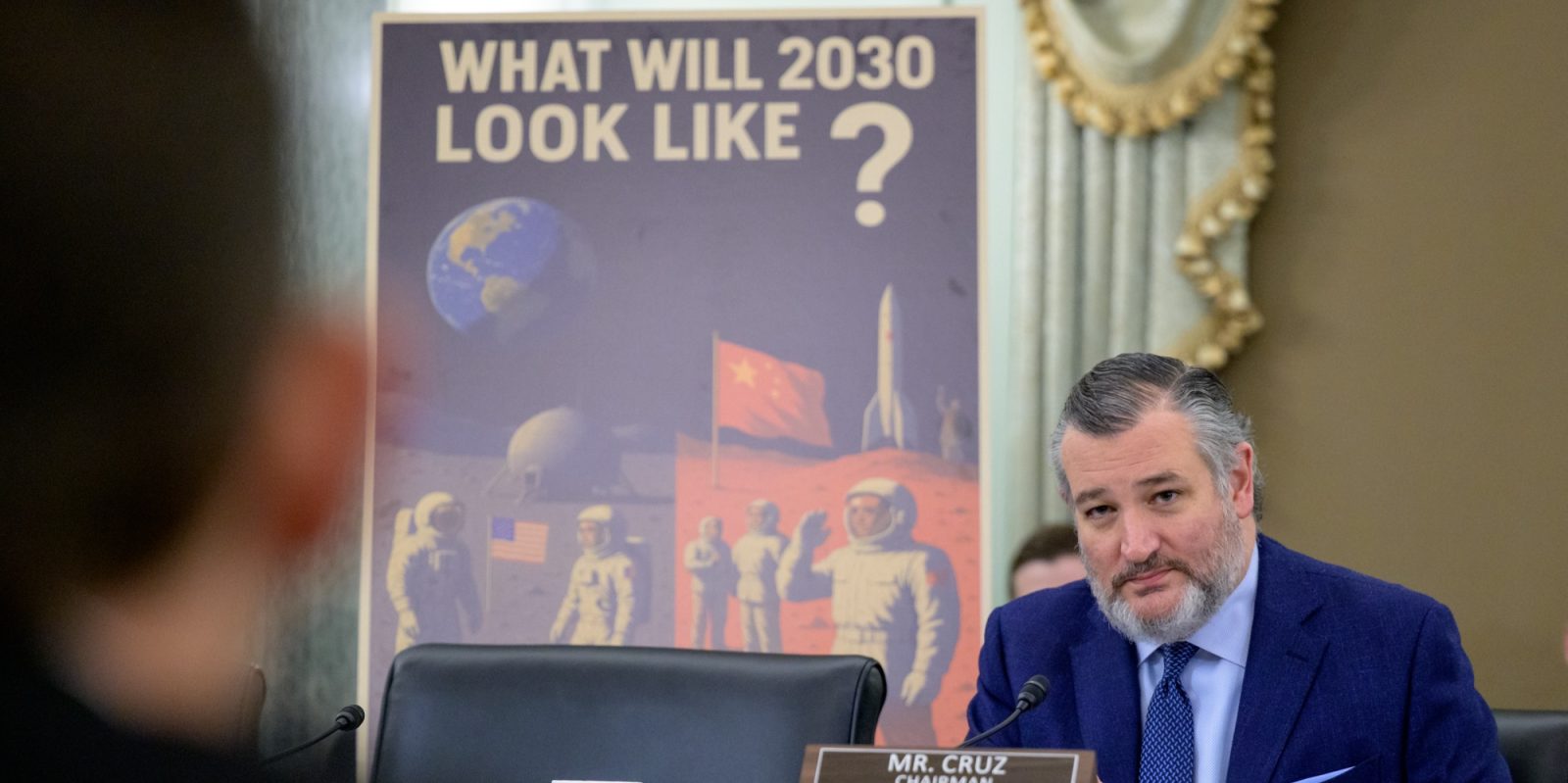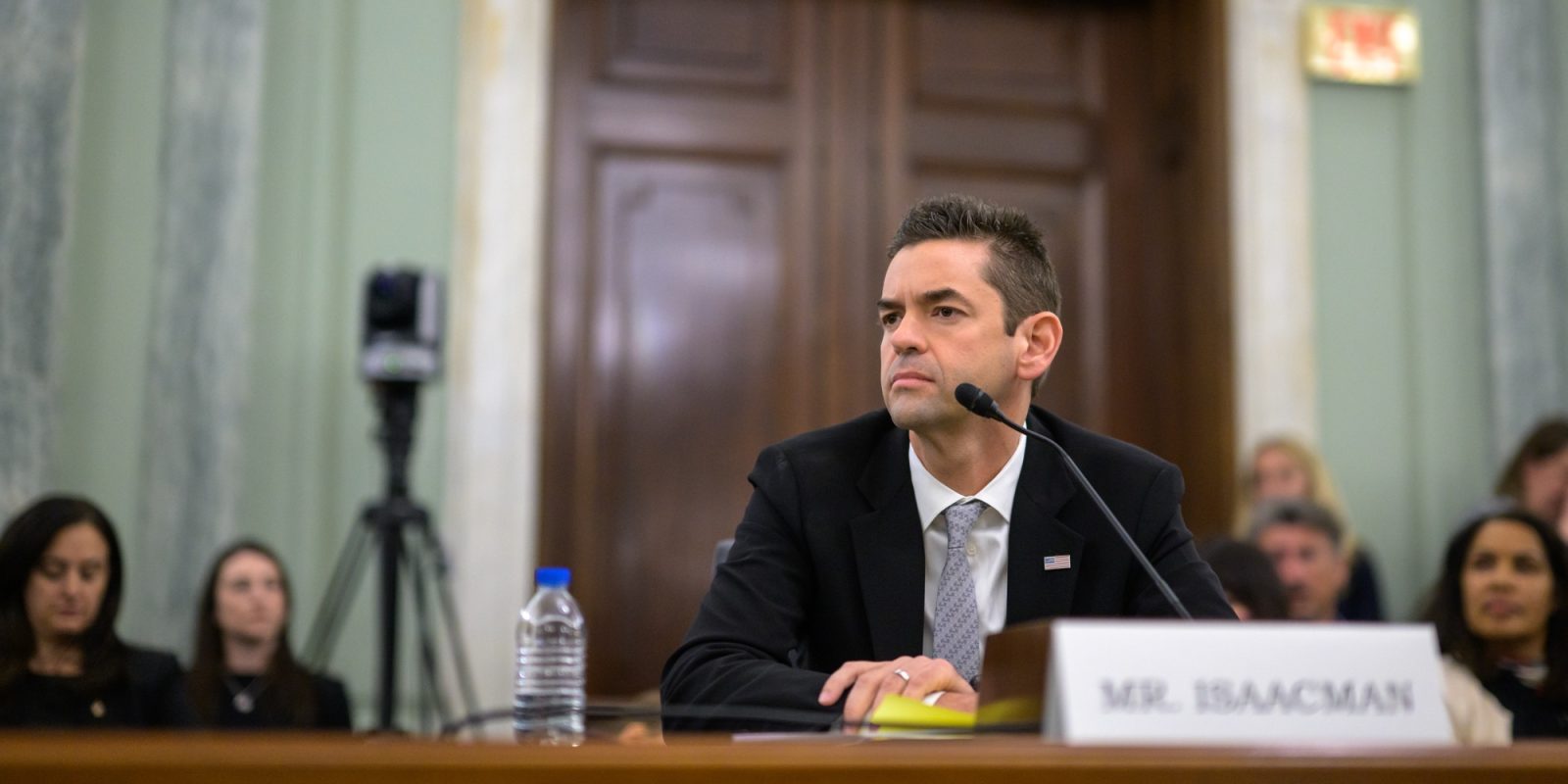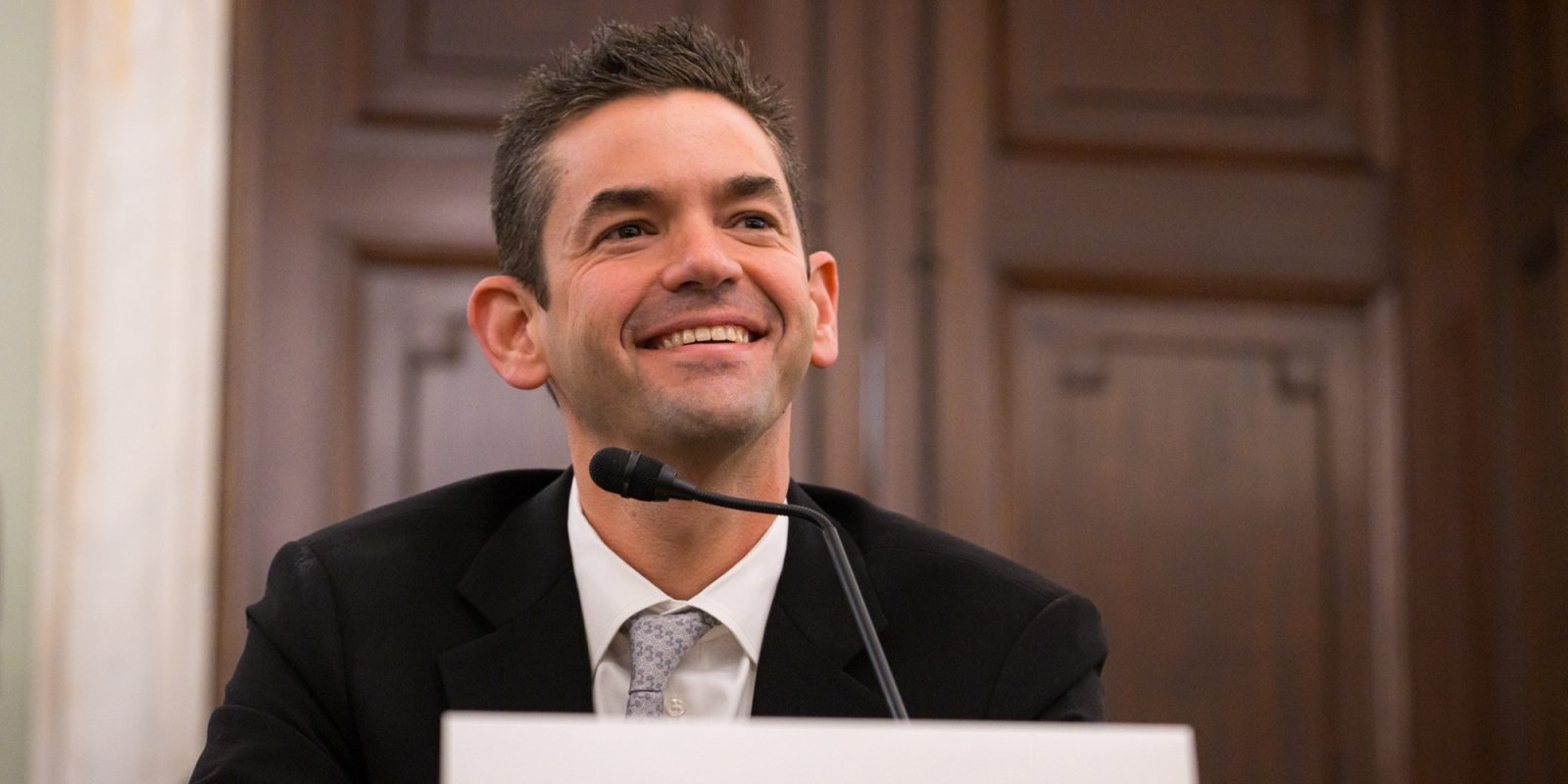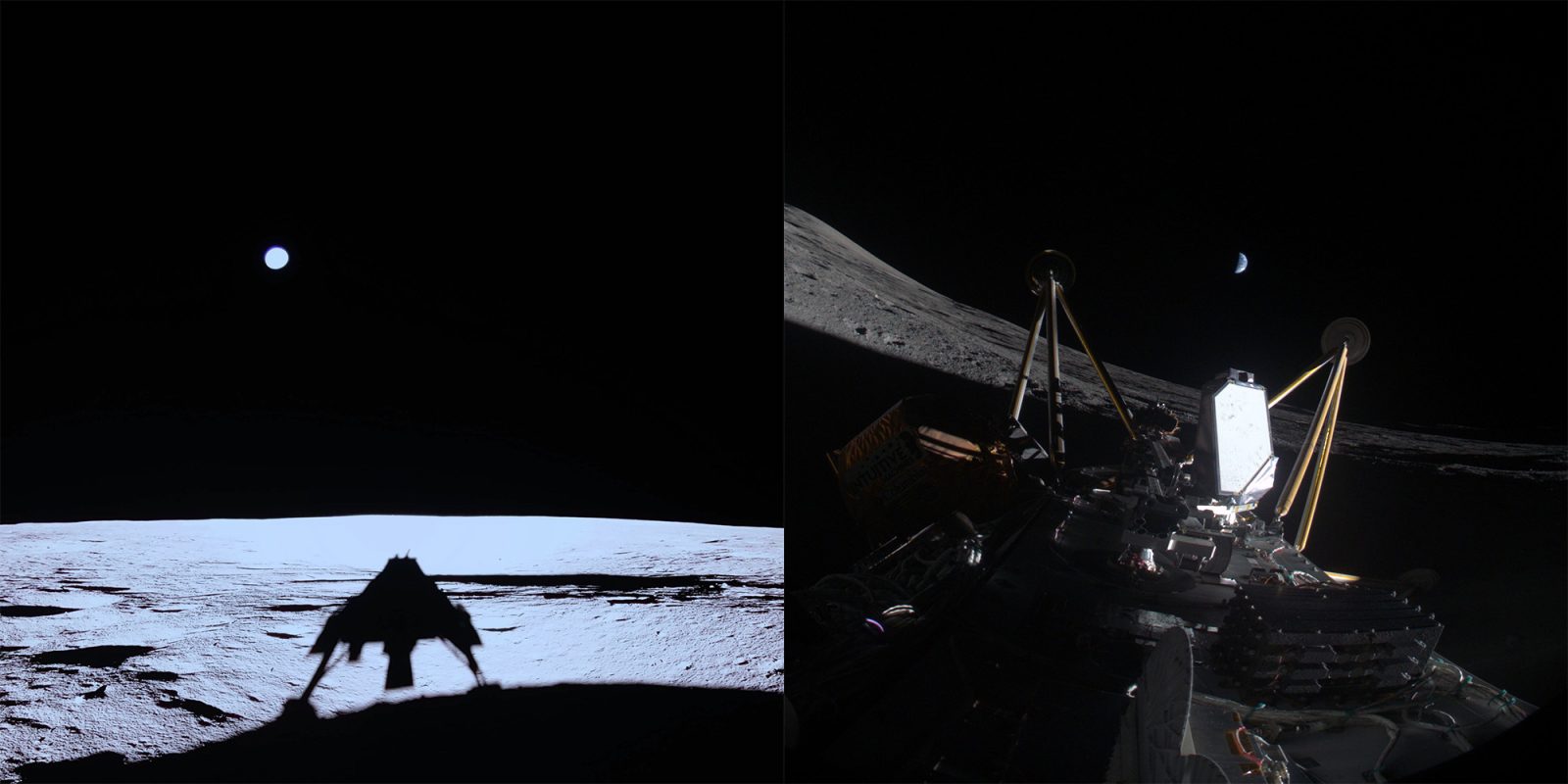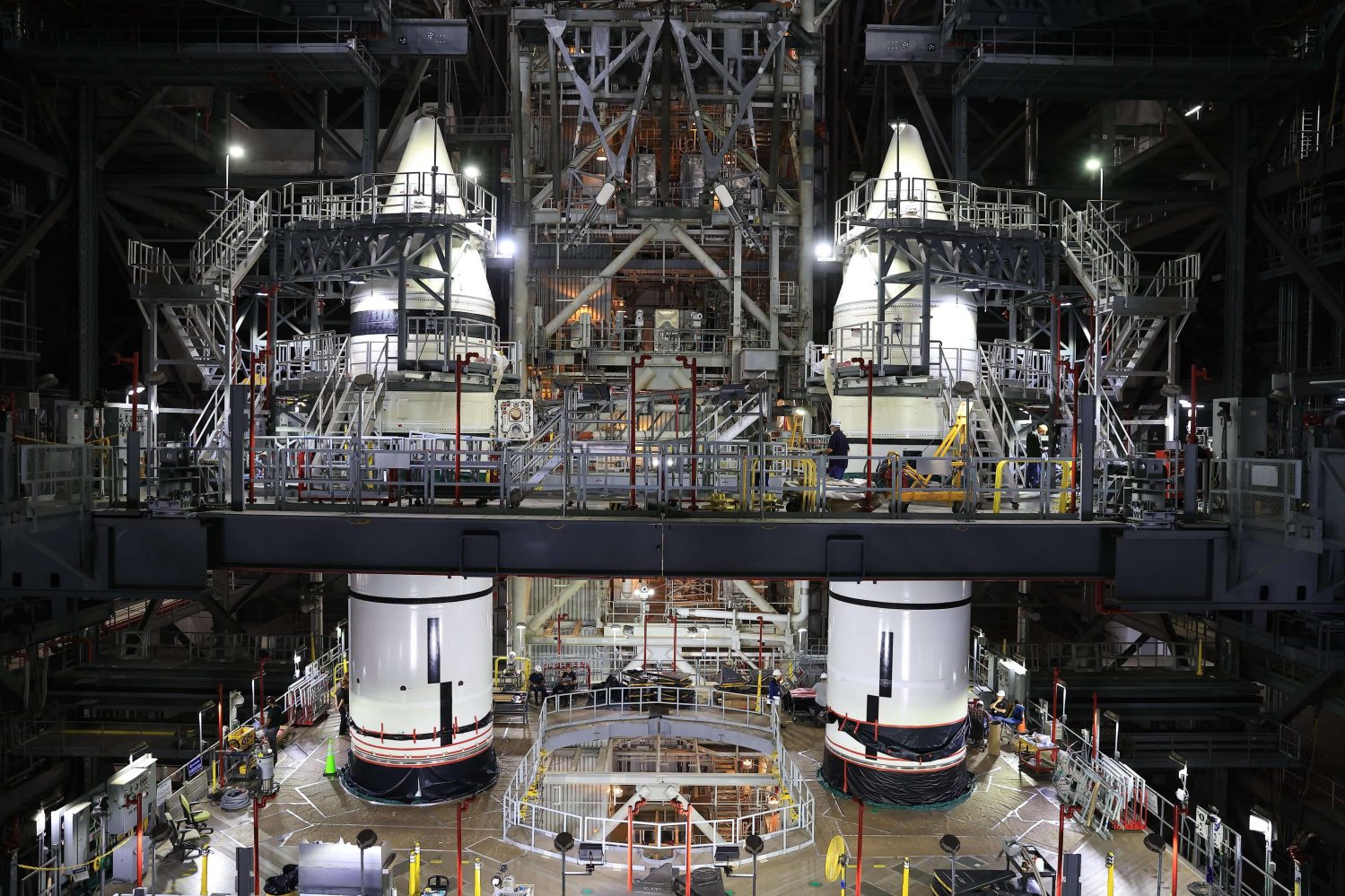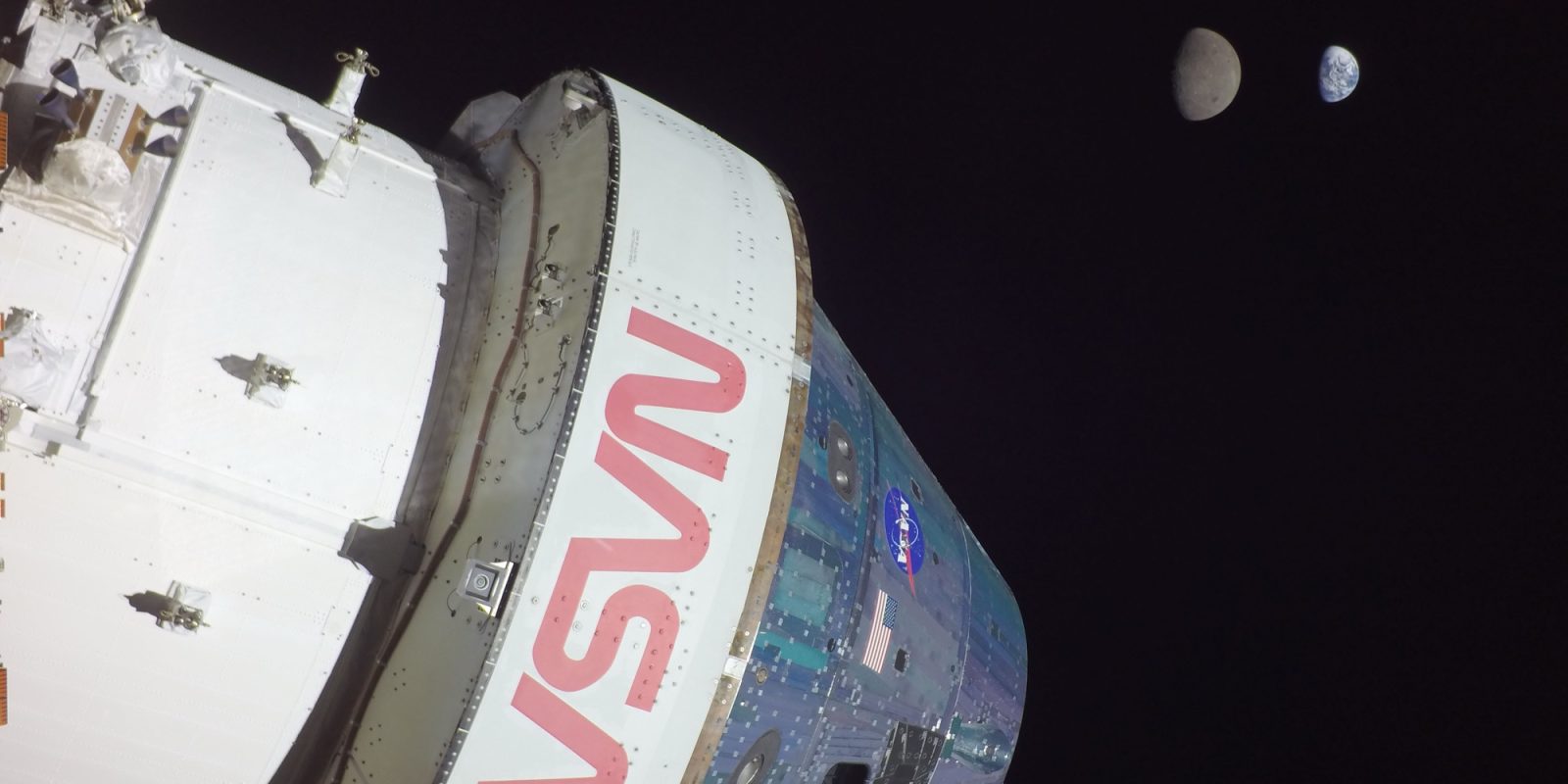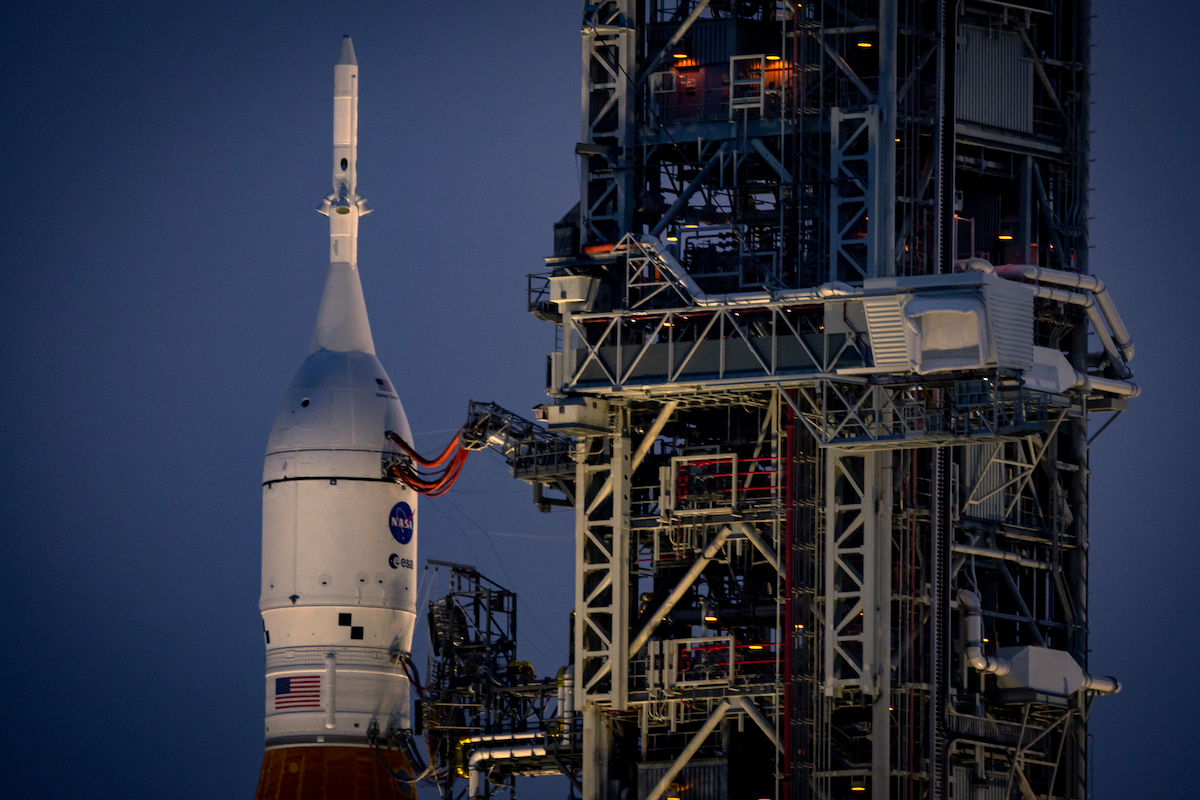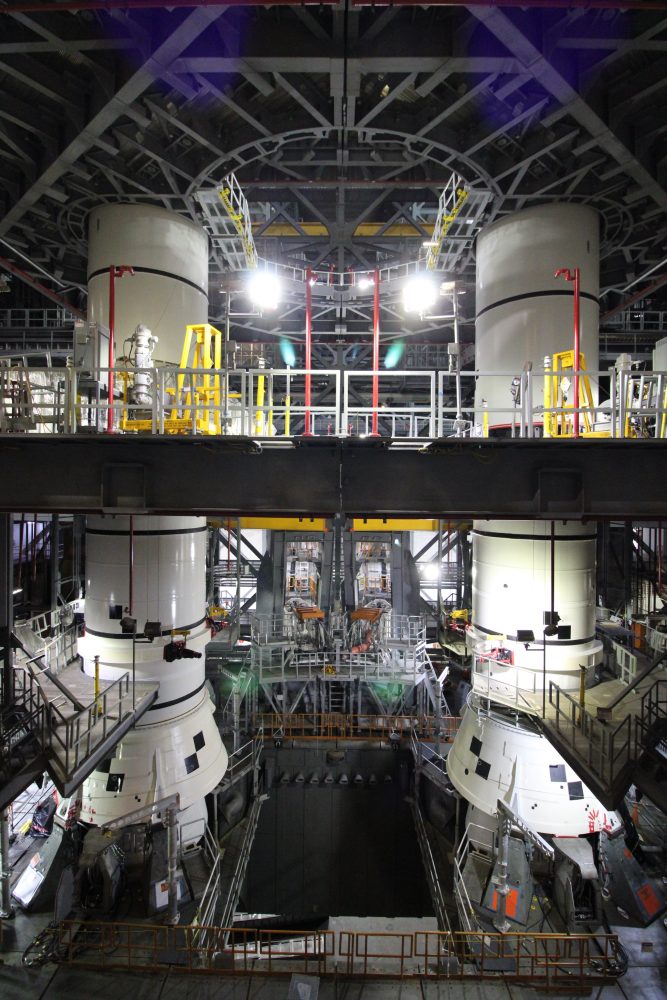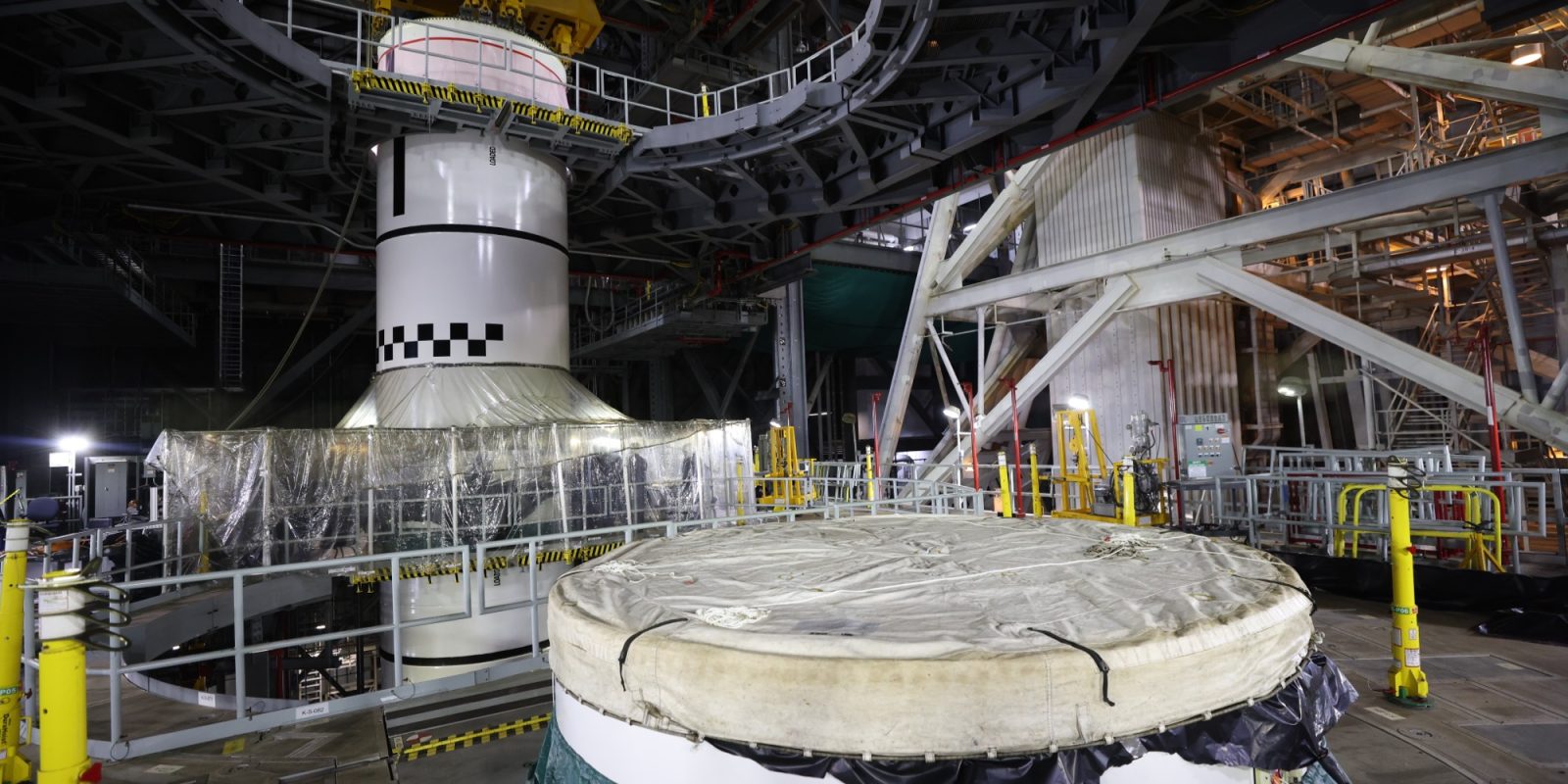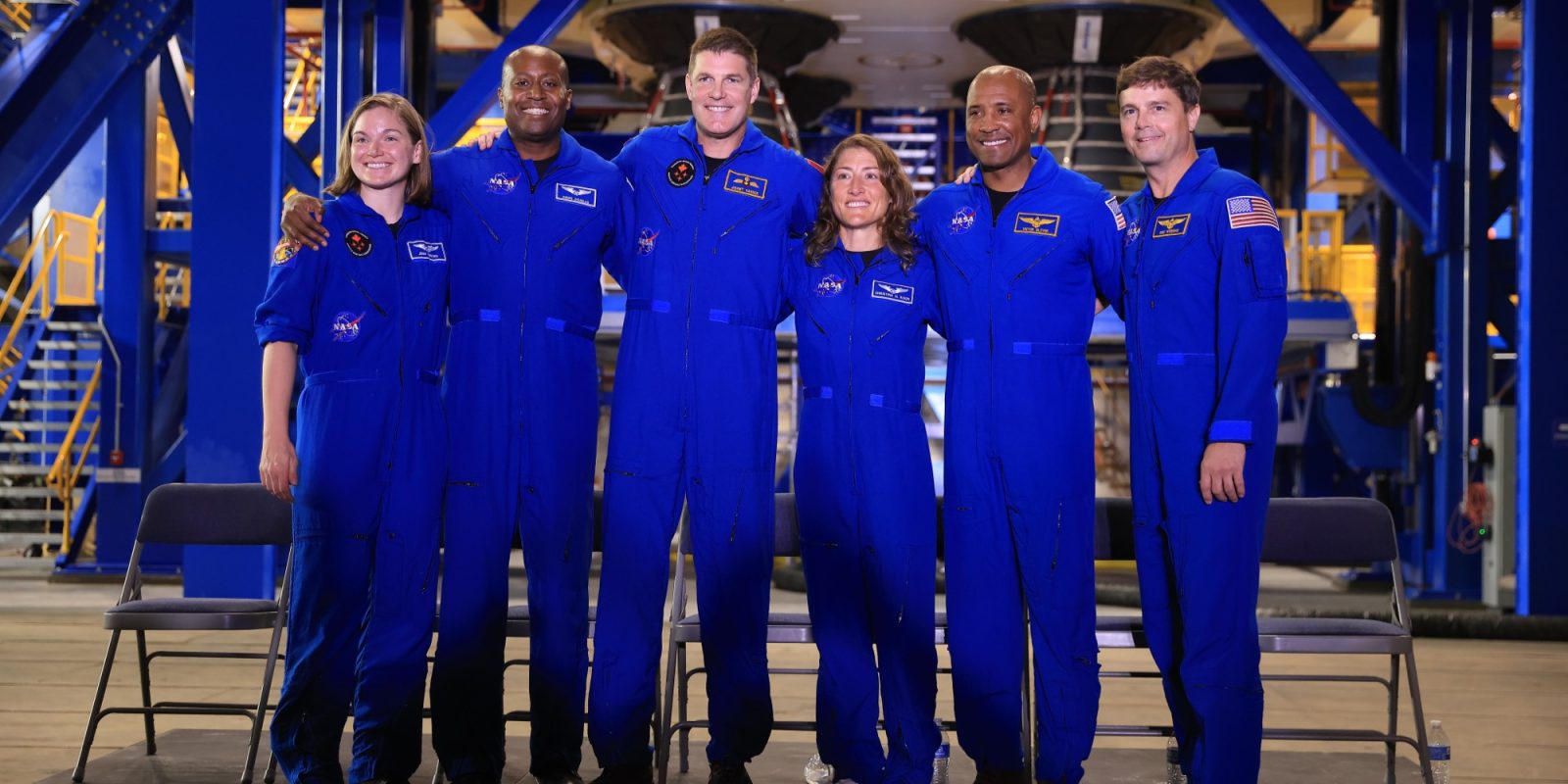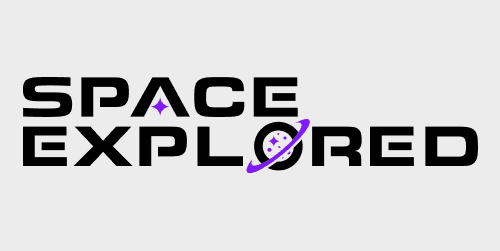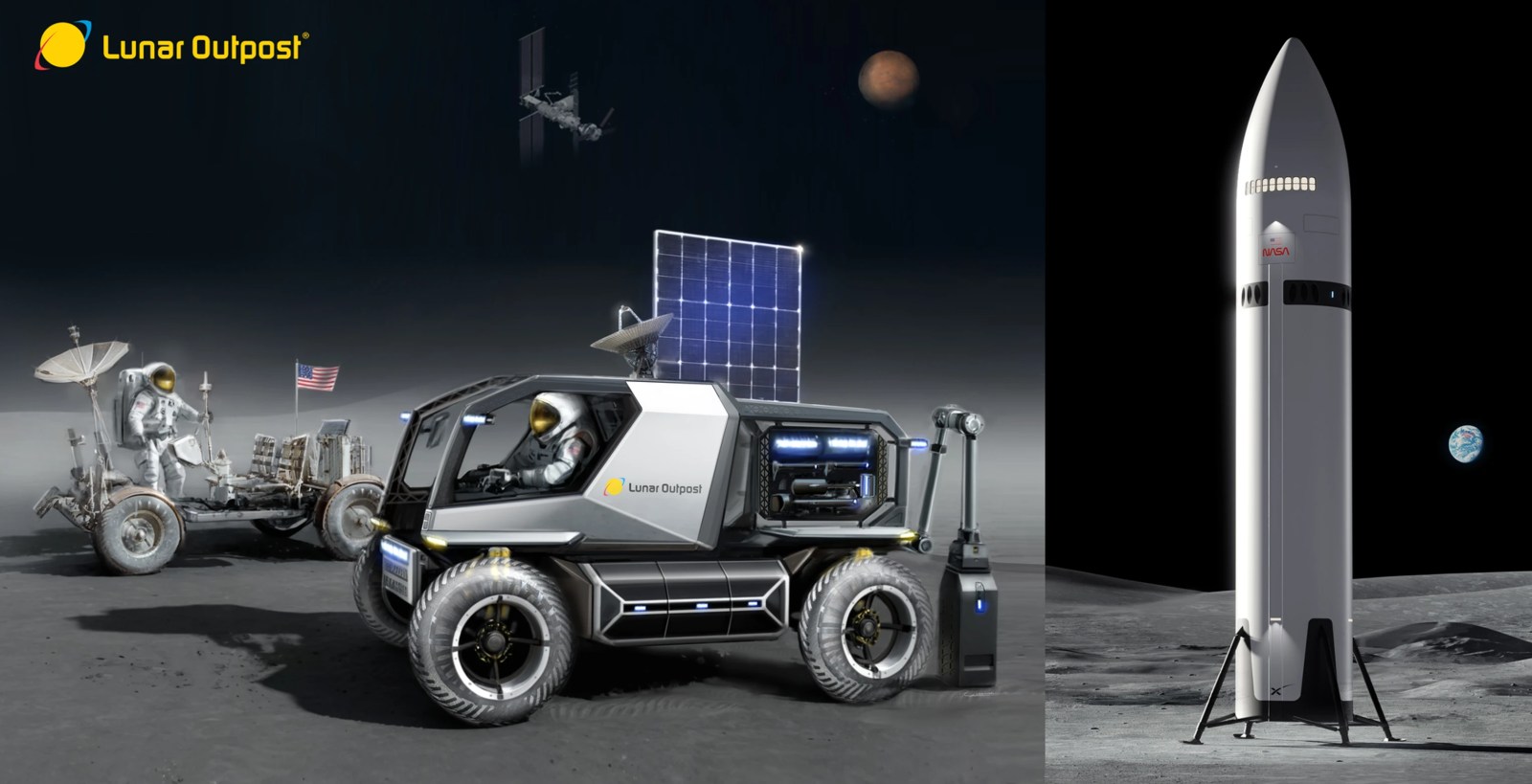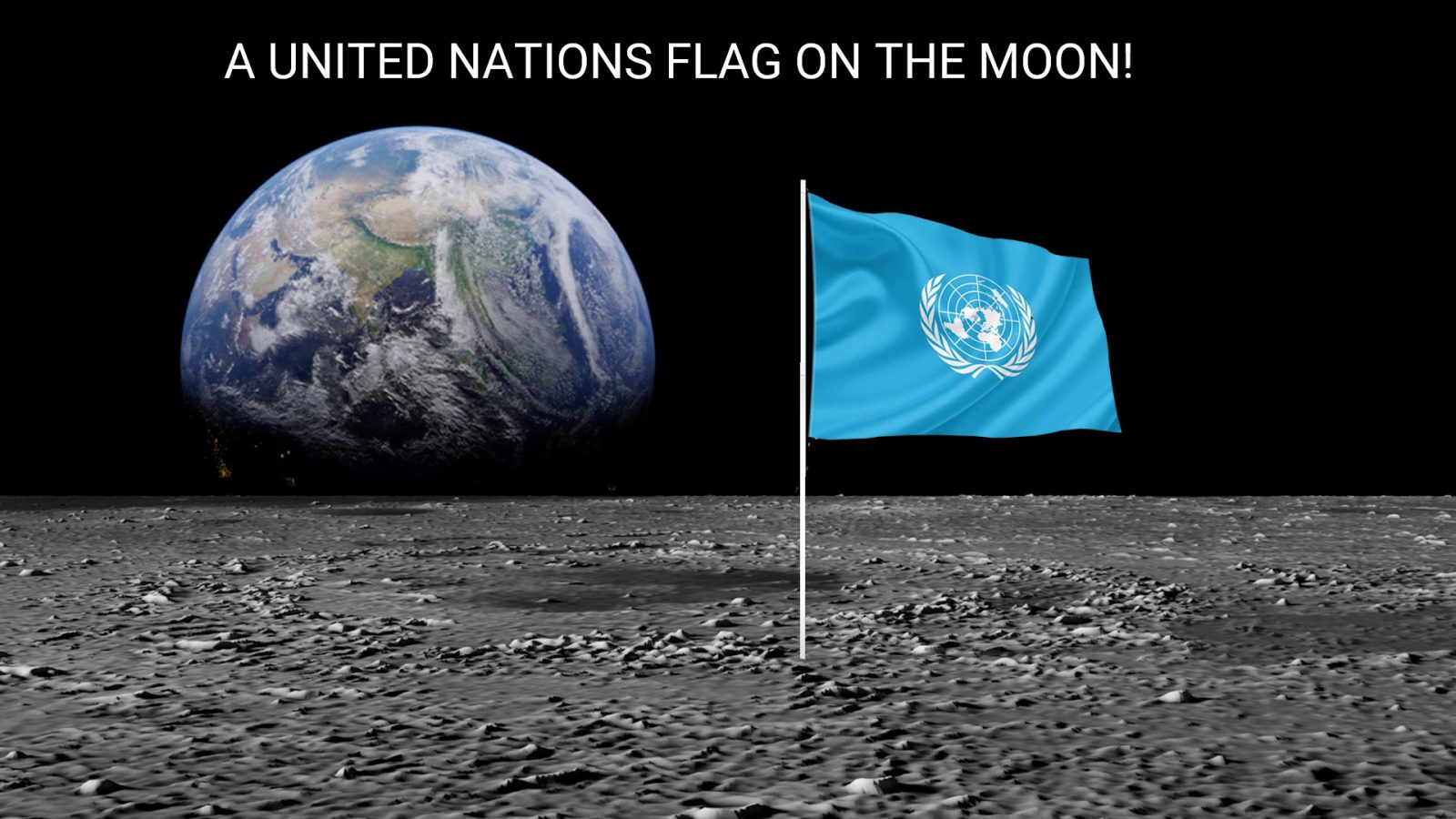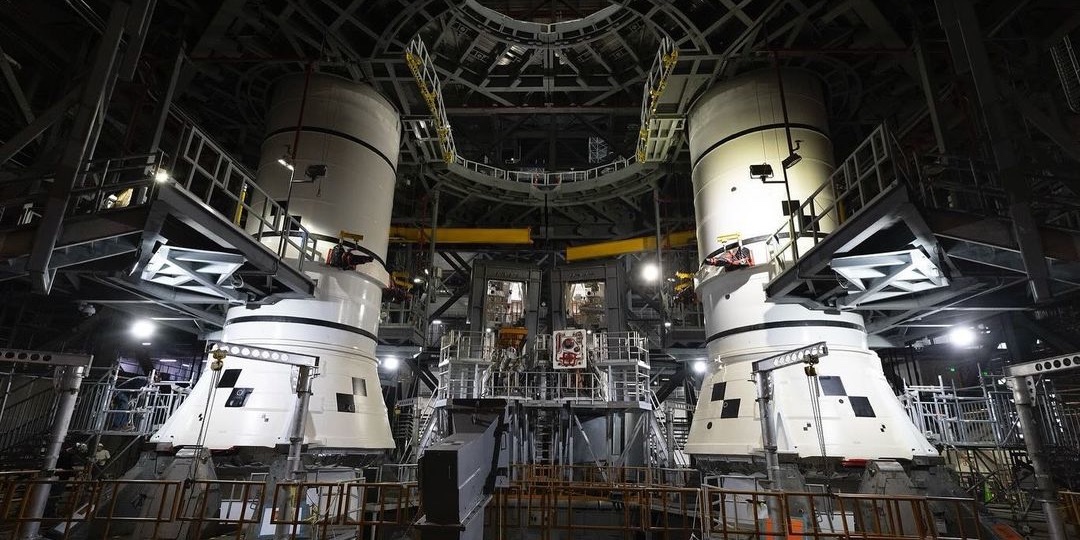Artemis program
NASA's Artemis program is an attempt to land humans on the moon for the first time in almost 50 years.
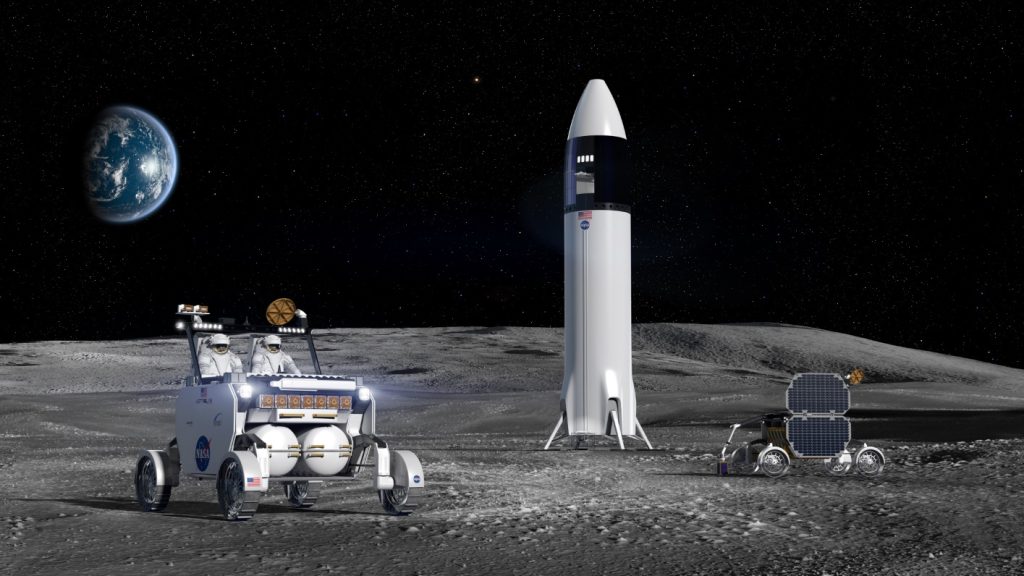
NASA’s 21st century plan to return to the moon
NASA’s Artemis program is an attempt to land humans on the moon for the first time in almost 50 years. The program is largely the result of Space Policy Directive 1, which tasked NASA with focusing more time on getting back to the Moon.
Named after the Greek goddess of the moon, the Artemis program’s goal is to return humans back to the surface of the Moon sustainably and for good. NASA is doing this through public-private partnerships with companies like SpaceX and Blue Origin, and with international cooperation through the Gateway lunar space station.
The backbone of the Artemis Program is the agency’s Space Launch System. A two-stage rocket derived from Space Shuttle technology that can place NASA’s Orion spacecraft in an orbit around the Moon. The Space Launch System (or SLS) is under the contract of Boeing for management and assembly, while Orion is managed by Lockheed Martin. These two programs represent the leading costs of the Artemis program, along with the bulk of its delays. Being one of the few remaining cost-plus contracts, discussions of canceling the two or just SLS have been held over the years but have never made it past Congress.
NASA has also built multiple agreements and contracts with private industry to provide services to the agency when they arrive on the Moon with its astronauts. Most notably, there has been SpaceX’s contract for a lunar lander alongside Blue Origin. Axiom Space will be providing the AxEVA spacesuit for lunar excursions. Intuitive Machines, Lunar Outpost, and Venturi Astrolab have all begun work on the lunar terrain vehicle.
The Artemis Program has also expanded to attempt to foster a cis-lunar economy with the Commercial Lunar Payload Services program. Buying rides to the surface of the Moon just like it does with crewed flights to the ISS, CLPS has already started to fund new companies in building viable lunar landers, capable of delivering cargo to the surface.
NASA plans on using what they learn from visiting the moon to help take the next giant leap that is visiting Mars.
